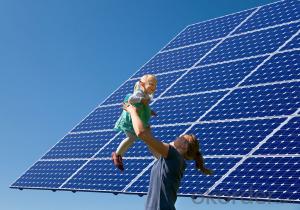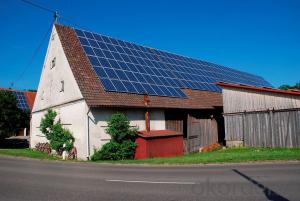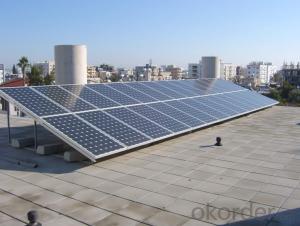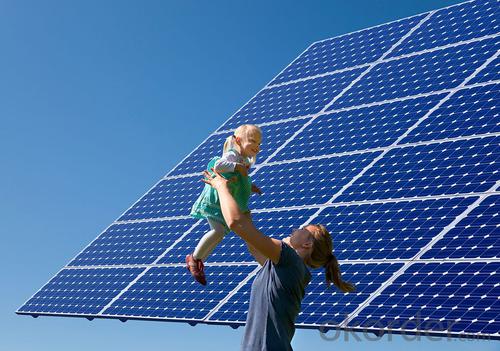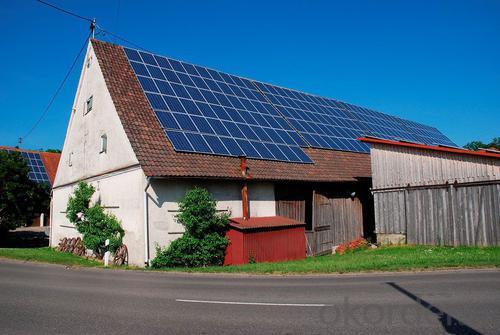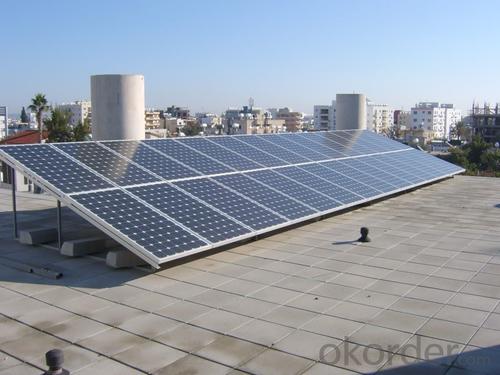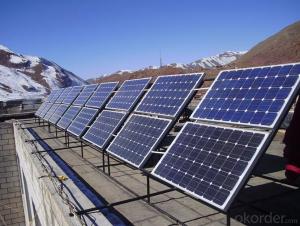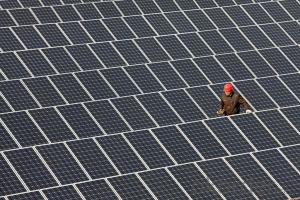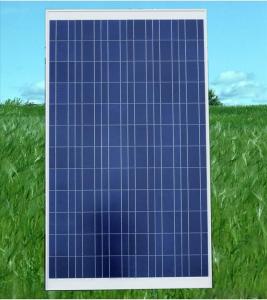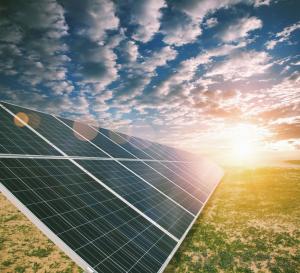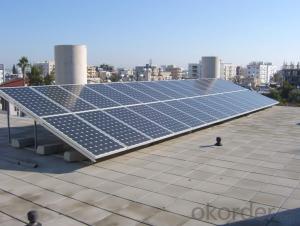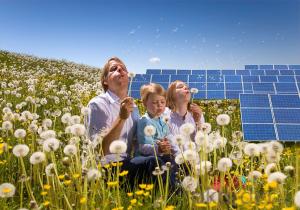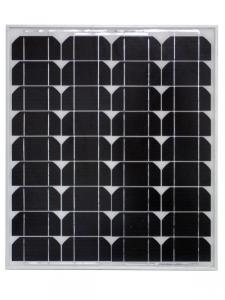550w Silicon Polycrystalline Solar Panel
- Loading Port:
- Guangzhou
- Payment Terms:
- TT OR LC
- Min Order Qty:
- 200000 watt
- Supply Capability:
- 20000000 watt/month
OKorder Service Pledge
OKorder Financial Service
You Might Also Like
ABOUT US
We are a high-tech group wich specializes in solar products design,research, manufacture, sales,solar projects design and installation.
Our present annual capacity is 6 million for wafer, 60MWp for solar cells,200MWp for solar modules and one hundred thousand for solar applications. It is expected that the annual capacity of 2012 will be up to 30 million for wafer, 300MWp for solar cells, 1000MW for solar modules and 2 million for solar applications.
INTRODUCTION
This installation Manual contains essential information for the electrical and mechanical installation that your must know before installing CUSTOMER PV modules. This also contains safety information you need to be familiar with .All the information described in this manual are the intellectual property of CNBM and based on the technologies and experiences that have been acquired and accumulated in the long history of CUSTOMER. This document does not constitute a warranty, expressed or implied.
CUSTOMER does not assume responsibility and expressly disclaims liability for loss, damage, or expense arising out of in anyway connected with installation, operation, use or maintenance of the PV modules. No responsibility is assumed by CUSTOMER for any infringement of patents or other rights of third parties that may result from use of PV module.
CUSTOMER reserves the right to make changes to the product, specifications or installation manual without prior notice.
WIRING
To ensure proper system operation to maintain your warranty, observe the correct cable connection polarity(Figures 1&2) when connecting the modules to a battery or to other modules. If not connected correctly, the bypass diode could be destroyed.
PV modules can be wired in series to increase voltage. Connect wires from the positive terminal of one module to the negative of the next module. Figure shows modules connected in series .
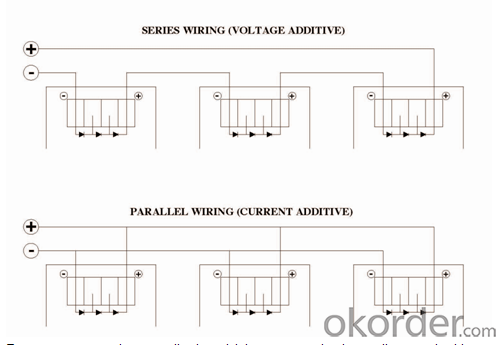
DATA SHEET
Maximum Power | 305W |
Efficiency | 0.157 |
Backsheet | Silver |
Frame Colar | White |
Manufacture Site | China |
Frame | Anodized Aluminum Alloy |
Weight | 27 kg |
- Q: The Physics club in our school is trying to convince the Board of Ed to install solar panels in our school, and i was just wondering if anyone with some experience or real expertise in solar energy. I need some points about their usefulness some real pros and cons on maintenance, etc. Anything will help. Personally i would be perfectly for the idea, but i heard that the overall cost of installing them is much higher than the cost of the energy saved and government subsidies, but ive only heard about this.
- You have to approach it as an investment. Ignoring the cost of an inverter for net metering, if we consider a 500 W panel installed for $0 a watt which is $5,000 and consider an average of 8 hours of usable sunlight per day, and at a rate of $0.0 per kWh (schools probably get $0.03 per kWh) then the panel would be saving $2.7 per month in electricity. Considering that the panel has an expected lifespan of 20 years, that would give you an internal rate of return such that the monthly rate satisfies the equation: $5,000 = $2.7 * ( ( - / R^24 ) / ( - / R ) - ) By binary method we get R = 0.99588342. Taking this to the 2th power to annualize it we get Ra = 0.9570 which means that we are getting an annual return of -4.83% per annum so investing in the solar panel is the same as making an investment at an interest rate of -4.83% per year. True interest rates are low and you only get about .3% per annum by putting money in a CD but that still beats investing in solar panels which gives you a negative return on your money. Solar panels need to get a lot better before they are a good investment.
- Q: Can solar panels be installed on a boat?
- Yes, solar panels can be installed on a boat. In fact, it is a popular and efficient way to generate electricity for various onboard systems, such as lighting, navigation, and charging batteries. Solar panels are lightweight, durable, and can be easily mounted on the deck or roof of a boat to harness solar energy and contribute to a more sustainable boating experience.
- Q: Can solar panels be installed on walls?
- Yes, solar panels can be installed on walls. While they are commonly mounted on rooftops for optimal sun exposure, they can also be installed on walls using specialized mounting systems. Wall-mounted solar panels are a viable option for locations with limited roof space or where the roof is not suitable for installation.
- Q: how much electricity will produce in Kwh by a 000 W solar panel in a sunny tropical area per day (good sunlight at least 0 hour a day)
- Solar cell has efficiency from 0% to 5% max. That is the technology we have as for now. It stated 000W, that means it could provide 000W under fully super condition . KWH is not a unit to rate solar panel, it was used for wattmeter that company installed in every house to monitor electricity usage.
- Q: I want to know how to hook up a Solartech SPM020P-R, 20W Solar Panel to a single outlet that you can but at a store.
- That solar panel puts out about amp (in round numbers). If you are talking about a 20vac outlet, you'll have to send the output of the solar panel through an inverter. That brings it up to 20vac. 20 watts at 20 volts means you'll only be able to draw 0.6667 amps. With an inverter at 85% efficiency, you'll only get about 0.4 amps. That would barely light a CFL. 20 watts of power at 7 volts = amp (in round numbers) 20 watts of power at 20vac = 0.6667 amp (in round numbers) Power (watts) = current x voltage. If you increase voltate, you must decrease current to get the same watts. Watts is the common denominator in power measurement.
- Q: How do solar panels affect the homeowner's insurance policy?
- Solar panels can have an impact on a homeowner's insurance policy as they are considered an additional structure or improvement to the property. While they may increase the overall value of the home, they also introduce potential risks such as damage from storms or accidents. Homeowners should inform their insurance provider about the installation of solar panels to ensure adequate coverage and potentially adjust their policy accordingly.
- Q: Is it possible for a 2V rated panel to charge a bank of batteries equal to around 36V? I believe that the panels should equal or exceed the voltage of the batteries but, I'm not for certain.
- You're right. The solar panels must produce a voltage equal to or slightly greater than that of the batteries. So you need to either switch to a 2 volt battery or add two more solar panels of the same current rating.
- Q: Can solar panels be installed on a warehouse or distribution center?
- Yes, solar panels can be installed on a warehouse or distribution center. In fact, these large flat rooftops are ideal locations for solar panel installations due to their ample space and reduced shading. By harnessing solar energy, warehouses and distribution centers can significantly reduce their dependence on traditional grid electricity and lower their carbon footprint.
- Q: Can someone tell me the average savings you get PER solar panel installed? I do not have the money to invest in a bunch of them at once, so I am forced to buy one at a time, when I have the money. So how much can I expect to save after I buy the first one?
- No matter what or how you do it it is best to get off coal and nukes. So it cost a little bit of money you are buying 30 years of electric. How much will you spend adding in cost of living increases over the next 30 years? Solar really is pretty cheap if you take the time to do the long term math. If you use your cost at to days rates it does seem like a lot. But if you do the math like in real life with 3.5% compounded cost of living increases per year and 6.5% fuel increases per year. Well, you pay a lot more renting power. One other thing to think about and Al Gore keeps pointing it out is, Will your off spring be alive in 50 years from now if you don't buy the solar panel? Kind of like not going to the doctor because you can't afford the bill. Well I would rather owe a bill to a doctor that I will have trouble paying then not be alive at all to try. If you don't have the money to jump in and go full blown Green you should buy a starter system. You can get a system that can be expanded to 3000 watts (enough to power an energy efficient home). Would cost you about $8000 USD to get started and then you could add three solar modules at a time till you get it up to the 3000 watt max. And even have backup power. Or you could just buy a 000 watt system for about the same price and just add 3 of them over the years. There are many ways to get started. The deal is everyone needs to get started even if it is a small system. If all 50 million homes in the USA would install a small 000 watt system with 4 hours of sun light a day. We would provide (000 watts times 4 hours times 365 days times 50 million homes) 29,000,000,000,000 watts not from coal or nuke plants per year. I wonder if that would help?
- Q: How do solar panels affect the property's corporate social responsibility?
- Solar panels have a positive impact on a property's corporate social responsibility (CSR) by reducing its carbon footprint and reliance on fossil fuels. By generating clean and renewable energy, solar panels contribute to sustainability efforts, promote environmental stewardship, and demonstrate a commitment to reducing greenhouse gas emissions. Additionally, solar panels can enhance the reputation of a property, attract environmentally conscious stakeholders, and align with CSR goals of promoting renewable energy and protecting the planet.
Send your message to us
550w Silicon Polycrystalline Solar Panel
- Loading Port:
- Guangzhou
- Payment Terms:
- TT OR LC
- Min Order Qty:
- 200000 watt
- Supply Capability:
- 20000000 watt/month
OKorder Service Pledge
OKorder Financial Service
Similar products
Hot products
Hot Searches
Related keywords
